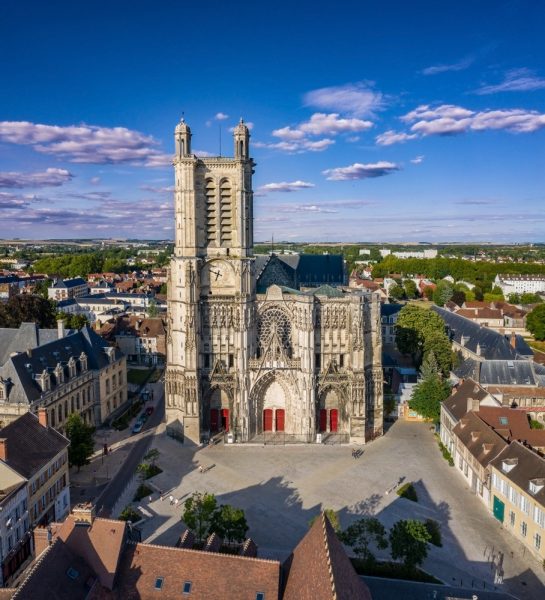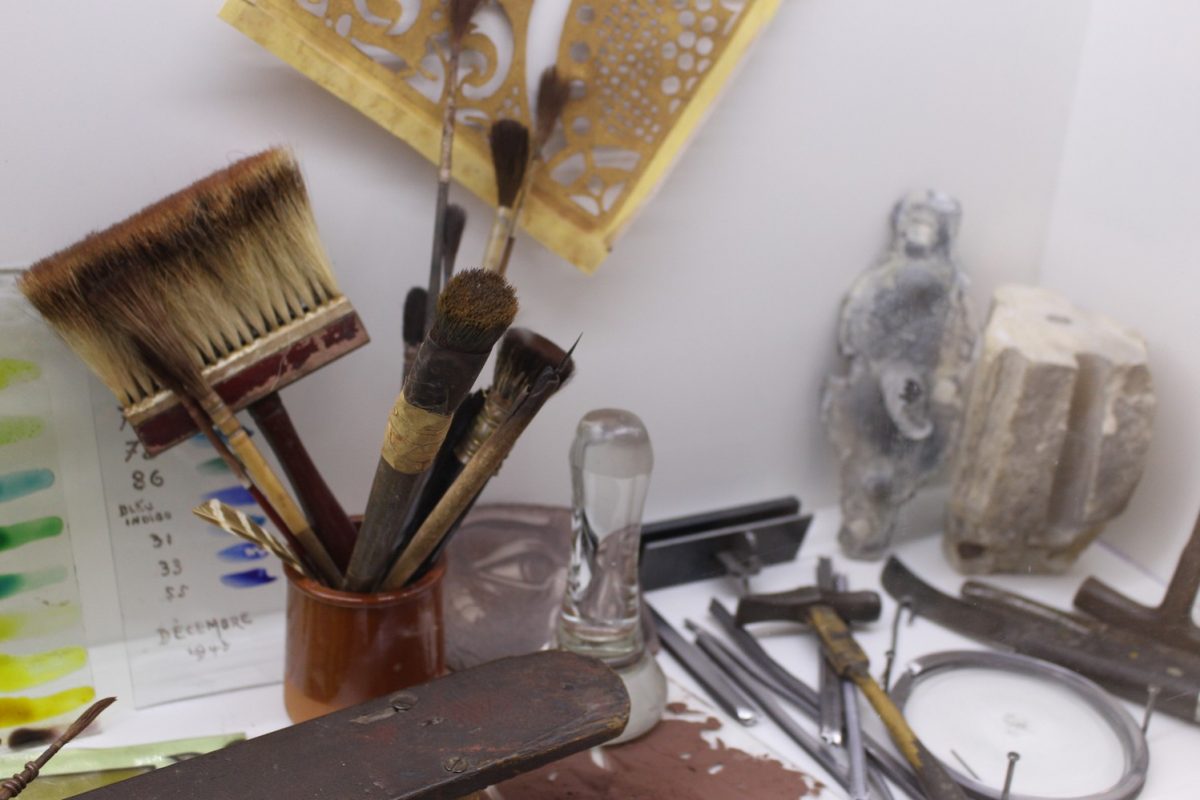Summary of the previous episode:
The history of stained glass in Troyes went through two golden periods in medieval times, and has been undergoing a major revival since the 19th century.
Troyes and the Aube department have the finest collection of stained-glass windows in France and Europe. More than 2,000 windows are protected as historic monuments.
Some 350 civil and religious buildings, both public and private, contain part of this rich heritage. Country churches alone account for 90% of this heritage.
But, undoubtedly, the cathedral of Saint-Pierre-Saint-Paul in Troyes, with its 1,500 m2 of stained glass, is the finest example of this art. It is a true conservatory of stained glass, bearing witness to the different styles and techniques that succeeded one another between the 13th and 19th centuries.

The Aube department’s glassmaking heritage is also preserved by a vast array of secular buildings, including private mansions and homes, factories and town halls, breweries and department stores…
A museum and a route dedicated to stained glass
Troyes and the Aube department were less affected than other towns or departments in the north of France during the First and Second World Wars. This partly explains this exceptional state of conservation and the profusion of stained glass in the same area. As a precautionary measure, 500 works were deposited in the basement of Troyes cathedral in 39-45. Others were sheltered in the south of France. Ironically, the stained-glass windows in the chapel of Hôtel-Dieu-le-Comte, where the “Cité du Vitrail” (“the stained glass city”) now stands in Troyes, were blown out by an explosion in 1944…

Proof of the region’s attachment to its glassmaking heritage, the Aube department was the first to compile a complete inventory of its glass heritage.
Other irrefutable proof of the powerful link between the region and this ancestral art is the creation of a Stained Glass Route that criss-crosses the entire department, and the “Cité du Vitrail” in Troyes, which has become a jewel in the crown of Troyes’ cultural heritage.
This is what you will discover in future episodes.
